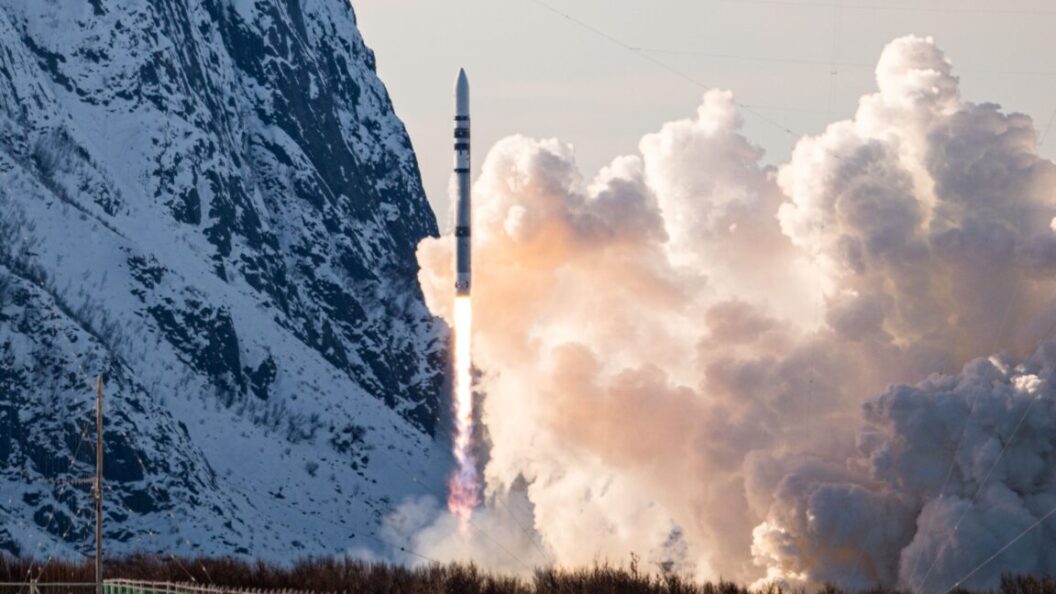European Space Agency Shifts Strategy to Overcome Delays and Costs
The European Space Agency (ESA) is revamping its approach to space launch services through a new initiative, the European Launcher Challenge. This departure from the traditional rule of geographic return aims to address significant delays and cost overruns that have plagued ESA projects, notably the much-anticipated Ariane 6 launch vehicle.
Geographic Return Policy Under Scrutiny
ESA’s existing policy requires the agency to select contractors based on their geographic location, primarily from countries that contribute financial support to specific programs. Critics argue that this policy may compromise the selection of the most efficient or cost-effective contractors. The Ariane 6, which debuted in July 2024, experienced delays of several years, revealing the drawbacks of the geographic return model.
A New Approach: The European Launcher Challenge
With the European Launcher Challenge, ESA is flipping the script. By first identifying the most capable launch contractors, the agency will then seek funding from their respective governments. This streamlined method aims to expedite project timelines and improve cost control.
Isar Aerospace, based in Munich, has emerged as one of the key challengers. The company is developing Spectrum, a compact two-stage orbital launch vehicle. Nearby, Rocket Factory Augsburg is working on a similarly sized rocket called RFA One. Both companies are positioning themselves to cater to the small satellite launch market, which is gaining traction in the aerospace industry.
Key Players in the European Space Industry
Several notable companies are participating in the European Launcher Challenge:
- MaiaSpace: Owned by ArianeGroup, this company is developing a rocket designed for comprehensive launch capabilities from previously existing infrastructure.
- PLD Space: This Spanish firm has successfully launched its Miura 5 vehicle for a suborbital test flight, demonstrating its potential in liquid-fueled rocket technology.
- Orbex: Headquartered in the UK, Orbex is creating a rocket named Prime, further diversifying the competition in the European launch sector.
All five companies are actively working towards capturing market share in the burgeoning small satellite launch segment.
Project Components and Financial Framework
The European Launcher Challenge consists of two components. The first focuses on providing launch services for missions planned between 2026 and 2030. The second component aims to facilitate an upgrade in launch service capacity, which will include at least one demonstration flight of the enhanced vehicle. Each participating challenger is capped at 169 million euros, encompassing all activities under both project parts.
Statements from Industry Leaders
In a statement on social media platform X, Isar Aerospace remarked, "With this initiative, ESA is taking decisive steps towards commercializing and expanding launch services, which are essential for ensuring sovereignty in space." This sentiment reflects a growing recognition within the industry regarding the critical importance of maintaining Europe’s competitive edge in space exploration.
Conclusion: A Turning Point for ESA
The strategic shift represented by the European Launcher Challenge signals a significant evolution in ESA’s operational framework. By prioritizing contractor capability over geographic constraints, the agency aims to modernize its launch services and enhance efficiency. The move is not without its challenges, as successfully negotiating funding and managing project timelines will be crucial for the initiative’s success.
As ESA prepares for a future where rapid satellite deployment and space exploration become essential, this bold approach could redefine Europe’s role in the global aerospace arena, allowing it to maintain sovereignty and competitive stature in the ever-evolving field of space technology.









